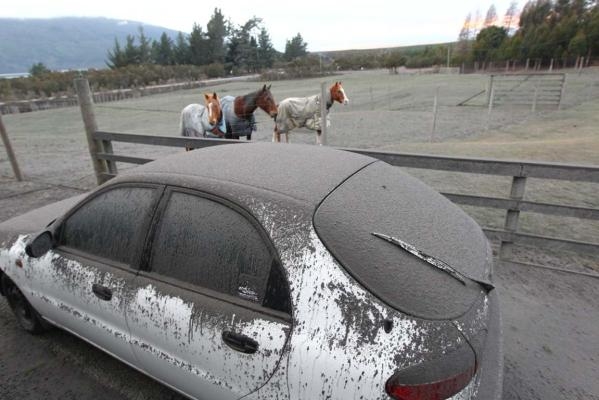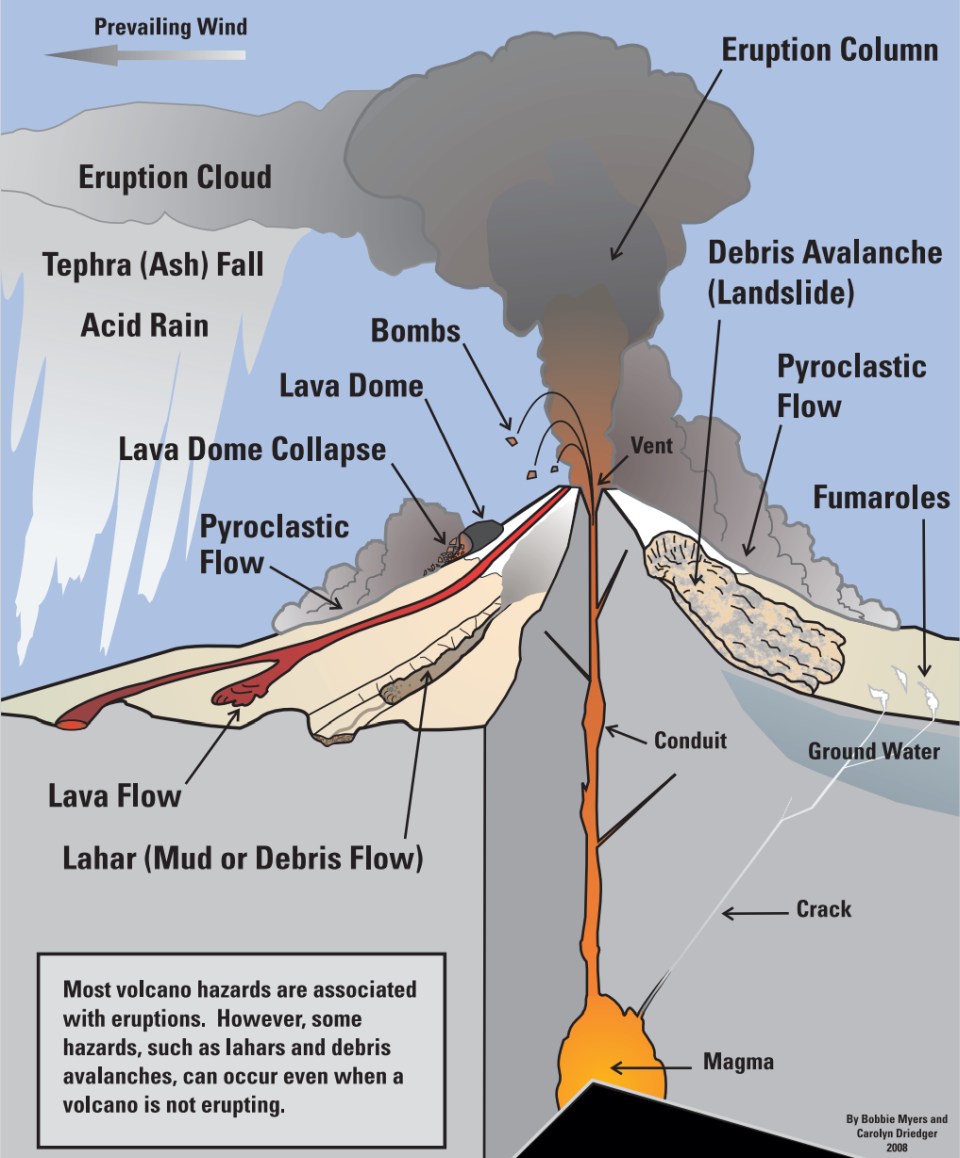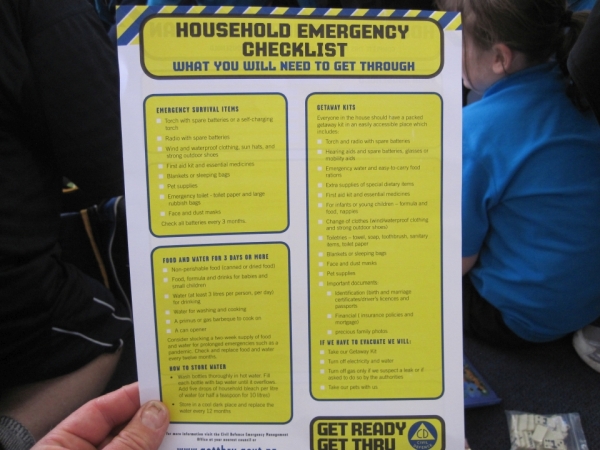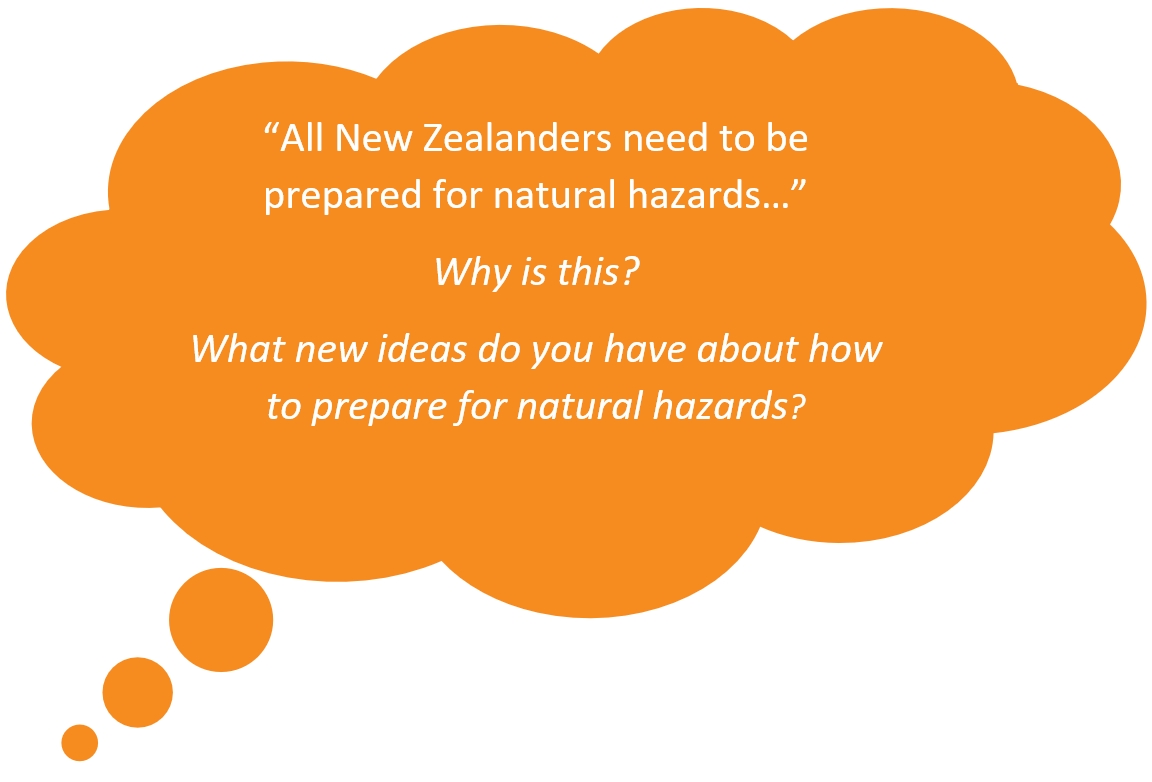You can contact LEARNZ, part of CORE Education, at:
Postal Address:
PO Box 13 678,
Christchurch 8141,
New Zealand

It is important for all New Zealanders to know about natural hazards and what to do if an event occurs.
Find out about the area where you live and what the local hazards are. Develop an emergency plan with your family. Put a survival kit together and regularly update it. Be prepared for earthquakes and make sure your home is quake safe - check out the EQC website to find out more.
Volcanic eruptions can create many different hazards.

The type of hazard depends on which volcano erupts and the type of eruption. Possible hazards include the following:
When a volcano erupts a lot of different material explodes into the air above it. Large material will land close to the vent while ash can be carried long distances. The impact of ash fall on people and the environment depends on how thick the layer of ash is.
Ash clouds can make powerful electrical fields causing lots of strong lightning strikes, which can harm radio communications and damage electrical lines, or start fires in buildings.
If a large amount is erupted quickly from a volcano the eruption column can collapse. Like pointing a garden hose directly up in the sky. As the eruption column collapses it can change into a flood of hot, solid bits inside a liquid, gas cloud. Flows and surges often travel at speeds up to 200km/h, can be very hot and cause total destruction of the areas they cover.
Lava flows are streams of molten rock that will travel down valleys on the slopes of volcanoes. The distance they travel depends on the thickness of the lava, amount and speed of the eruption, steepness of the slope, and shape of the land. Lava flows don't usually harm people because of their slow movement. However, lava flows will destroy buildings and other things in their path.
Lahars are “mudflows”- mixtures of volcanic ash, blocks and water that are formed on volcanoes. The source of a lahar maybe a crater lake, a dam breaking, or heavy rainfall washing ash from the slope of a volcano. Lahars will destroy buildings and plants in their path.
Volcanic gases are mainly made up of steam, carbon dioxide and smaller amounts of sulfur and chlorine. Dangerous amounts of gases are only found very close to the crater (within 1-2 km).
Landslides can be wet, dry or both, If wet, a landslide may change into a lahar and carry on flowing further down the slope.
Tsunami are sea waves caused by earthquakes, by landslides and by underwater volcanic eruptions. A number of waves may be created, and they may travel a long distance. Island volcanoes can create landslides that flow into the sea causing tsunami.

Buildings:

Furniture and Glass:
Electrical Appliances:
Complete the Managing volcanic hazards quiz
> Discover more about volcanoes and volcanic hazards